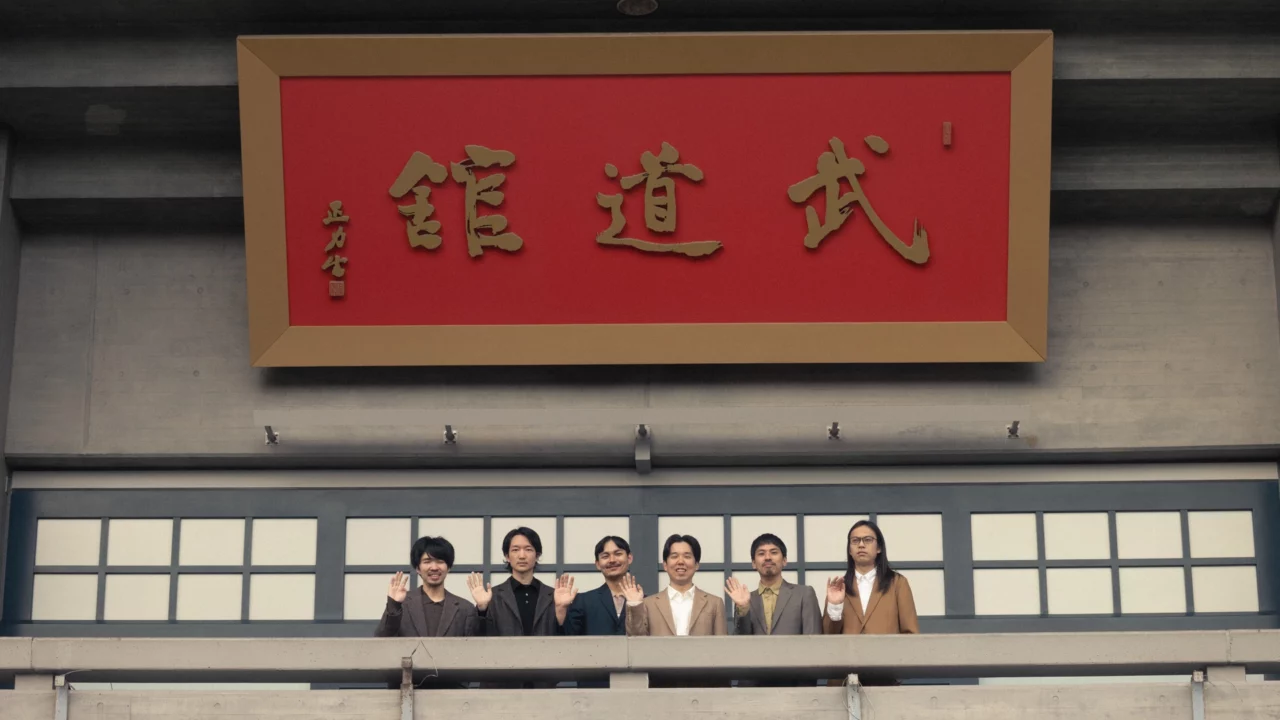In recent years, there may have been no other film that sparked as much controversy and praise as “Oppenheimer.”
This film brought director Christopher Nolan the honor of his first Academy Award for Best Picture. However, on the flip side, there are criticisms that are difficult to evade in line with contemporary values. While some of these criticisms are mentioned here, it’s true that this film may not necessarily be politically correct. But what exactly was Christopher Nolan trying to depict to the world as a filmmaker? This is what writer and manga scholar Hiroshi Odagiri discusses.
*This article contains descriptions related to the content of the film.
INDEX
INDEX
Scandals and Acclaim Surrounding ‘Oppenheimer’ Prior to Its Japanese Release
Christopher Nolan’s latest film ‘Oppenheimer’ won seven Academy Awards in 2023, including Best Picture and Best Director. The film, which was finally released in Japan on March 29, has been attracting renewed attention in the United States as well, with Robert Downey Jr.’s behavior at the awards ceremony, for which he won the Best Supporting Actor award, being called racist (Note 1), becoming a topic of conversation on the Internet.
When the film was released in the U.S. in July 2023, fan art combining characters from the film and “Barbie,” which was released at the same time, spread mainly on social networking sites* and caused a firestorm, claiming that the film was “making fun of the atomic bomb damage” (Note 2). As a result, the film had no shortage of gossipy episodes.
*Editor’s Note: Warner Bros. Japan Co., Ltd., the distributor of the film “Barbie,” has stated that “#Barbenheimer” is “not official” and expressed regret over the reaction of the official account in response to some fan art. They commented, “We consider the response lacking in consideration from the official account of the U.S. headquarters to be extremely regrettable, and we take this situation seriously, demanding appropriate action from the U.S. headquarters.” ( open X ).
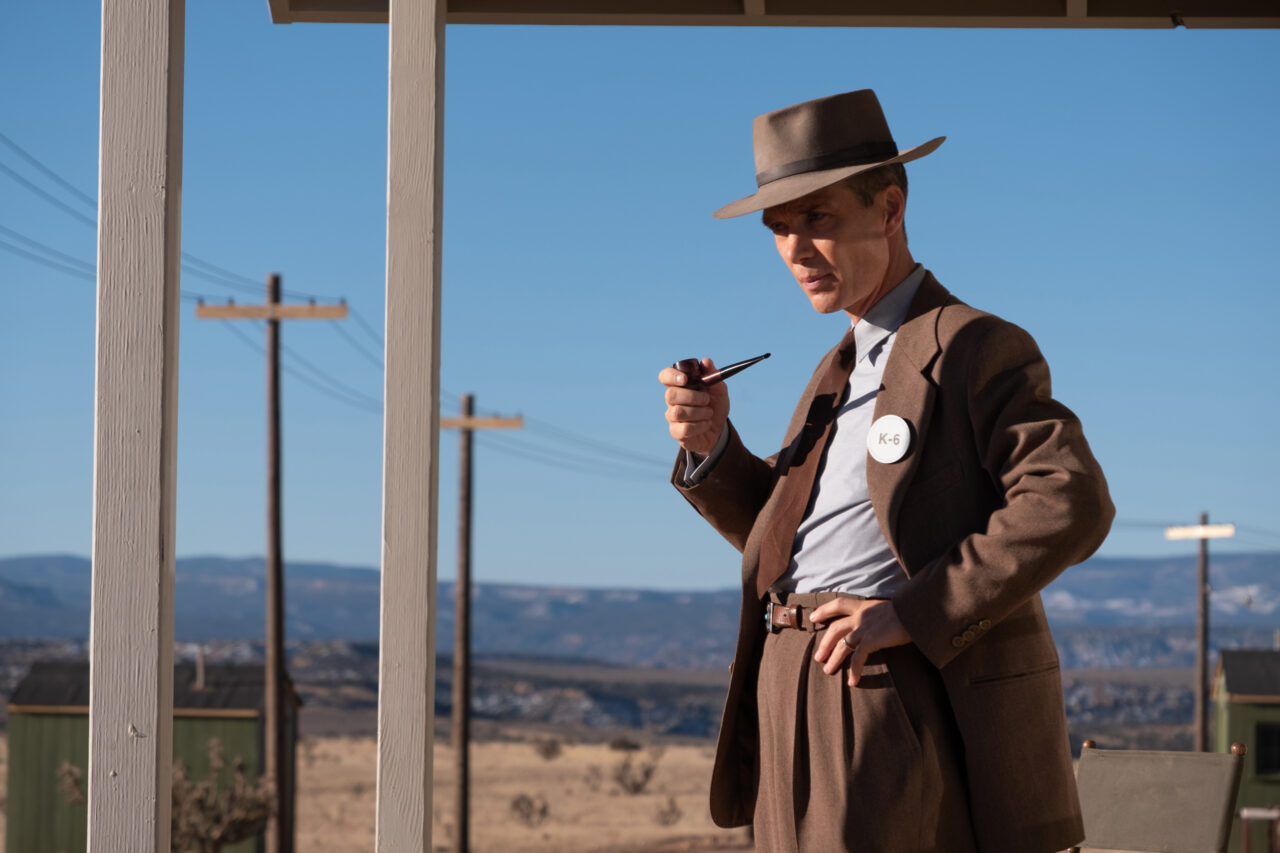
In Japan in particular, perhaps because of the sensitive subject matter of the film, “a biography of Robert Oppenheimer, the developer of the nuclear bombs dropped on Hiroshima and Nagasaki,” the film was not scheduled to be released at the time of the fire, and Universal Pictures, the distributor in the United States, and Toho, the main release window for the company’s films in Japan Towa, the main release window for the company’s films in Japan, were both reportedly not actively working on theatrical releases of the film (Note 3). In December, Bitters End, an independent distributor, announced that it would release the film in Japan (Note 4), and the March 2024 release date finally became a reality.
The fact that the world-acclaimed new film by director Nolan, who is highly popular and well-known in Japan for his “Dark Knight” trilogy featuring the comic book hero Batman, could not be seen in Japan, resulted in a net news-like interest in and of itself. For more than half a year now, this “phantom work” has been repeatedly mentioned in Japanese.
INDEX
The Overlooked Individuals behind the Acclaim in the United States
The special situation in which “a work may not be seen in theaters” has inevitably led to an emphasis on the claim and praise for the film’s success and value as a movie.
Although the film has certainly been well received, as can be seen from the “Academy Award” results, there is, in fact, a near-total rejection of the film in the U.S. – a rejection of the racial bias in the film by Asian Americans, not just those of Japanese descent. For example, the film is not only rejected by Asian Americans, but also by Japanese Americans.
For example, in an article titled “Who Did ‘Oppenheimer’ Erase” (Note 5), Olivia Cruz Maeda, a Japanese American journalist in San Francisco, wrote about the Japanese who actually suffered from the atomic bombing as well as the Native Americans who were forced to leave Los Alamos, where the research center was located, and return to the radioactive land after the nuclear tests. In the article titled “Who’s Who” (Note 5), the author pointed out that the existence of people who were actually affected by nuclear development, such as the Japanese who actually suffered from the atomic bombings, the Native Americans who were forced to leave Los Alamos, the site of the research center, and had to return to the radioactive land after the tests, and the residents of the Marshall Islands, the site of the US nuclear tests between 1946 and 1958, was hardly taken into account. The article also criticizes the white-centeredness of Hollywood films.
In addition, according to Han Yoon-ji, a writer for the web media “Business Insider,” female, Asian, and African researchers participated in the real-life “Manhattan Project,” but their presence itself is erased from the screen in this film (Notes 6 and 7).
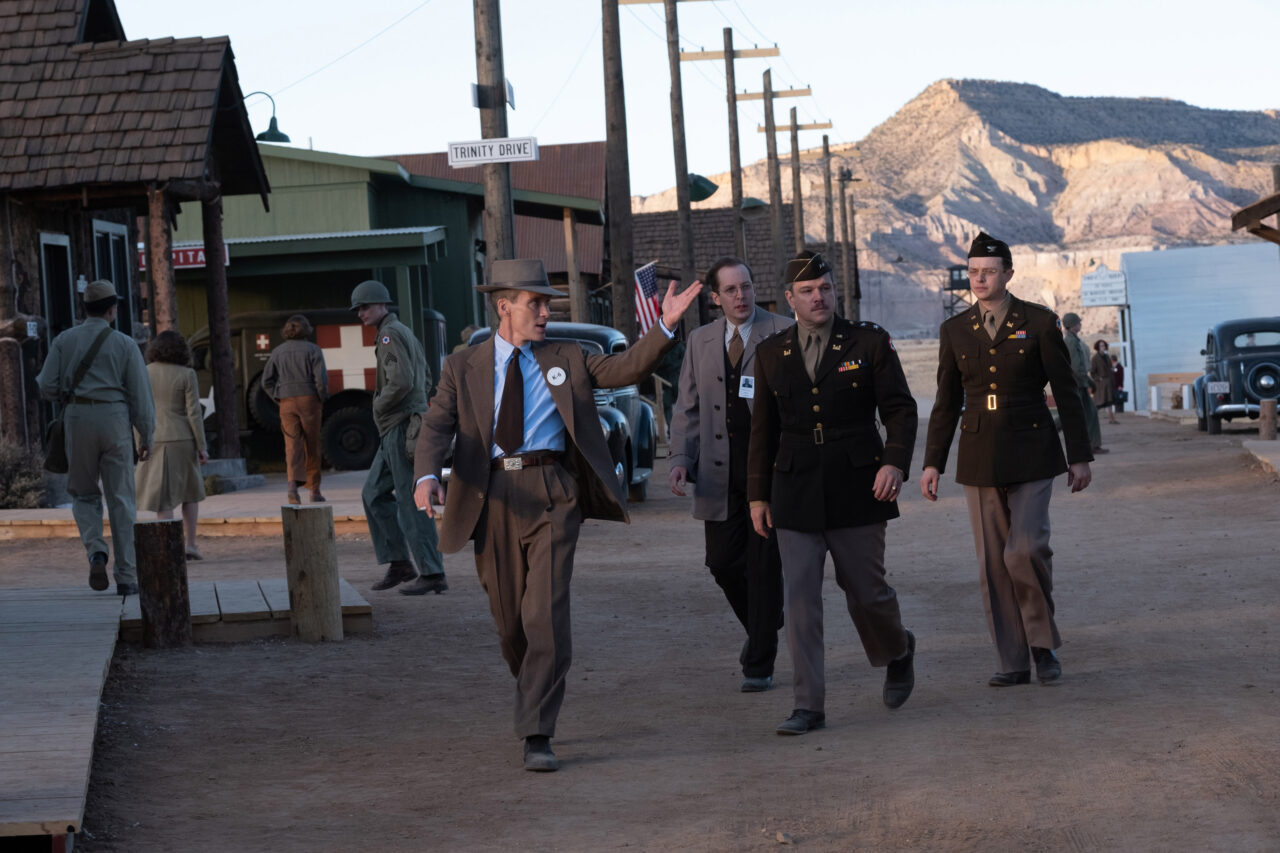
I had never thought about it before reading these reactions in the U.S., but in a multi-racial society like the U.S., where racial issues such as “Black Lives Matter” and “Asian Hate” have become more and more serious, I was surprised to see how much the British director Christopher Nolan has succeeded in portraying on the screen in this film. The unacknowledged ethnocentrism* that Christopher Nolan depicts on the screen in this film seems to be a more serious problem than “the lack of concrete depictions of the damage caused by Hiroshima and Nagasaki”.
Ethnocentrism is a viewpoint that judges the superiority or inferiority of other cultures based on the culture and values of the group to which one belongs.
INDEX
Examining the Anti-War and Anti-Nuclear Intentions of ‘Oppenheimer’
As mentioned earlier, the most frequent criticism of this film, both in Japan and in the U.S., is the absence of any specific description of the devastation of Hiroshima and Nagasaki after the atomic bombings (Note 8).
Nolan himself responded to this criticism by saying, “He, like the rest of the world at the time, learned of the bombings of Hiroshima and Nagasaki on the radio” (Note 9), explaining that this lack of description was due to his emphasis on the fact that the story is “told from the point of view of Oppenheimer, the main character.
Based on this statement, texts written in Japan in support of the film’s release and in praise of the film have often conveyed the message that “the anti-war and anti-nuclear intentions of the film are obvious if you actually see the film” (Note 10).
(Note 10) The sections of the screenplay that refer to Oppenheimer were written in the first person. Regarding the intention of this unusual approach, the director said, “Those who read the script will see that we, the audience, share the same point of view as Oppenheimer. We look over Oppenheimer’s shoulder, we are in his head, and we are with him wherever he goes” (from the production notes of the film ‘Oppenheimer’).
I myself have a certain discomfort with this viewpoint after actually viewing the film and reading some domestic and international reviews and critiques about the film.
In this film, as is typical of Nolan, the life of Oppenheimer, the “father of the atomic bomb,” is told by alternating two sequences in different time lines, but in fact, there is a period of time that is almost completely ignored in the film, which is combined in both sequences.
This can be clearly seen by comparing the film’s depiction of Oppenheimer with the account in the critical biography ‘Oppenheimer’ (Note 11), on which the film is credited as an original work, which, after a memorable dialogue with President Harry Truman in 1945, leads up to the climax of the second half of the film, the 1954 expulsion from public office. The events of the nine or so years leading up to the charges and the Inquiry at the end of 1953 are only partially depicted in the film.
And if we follow the “original” account, it is precisely during these nine years that the real Oppenheimer was most active in “anti-war” and “anti-nuclear” activities such as the proliferation of nuclear weapons and the deterrence of nuclear war.

INDEX
The Unseen Reality of ’Oppenheimer’: Interaction with Japanese Researchers During the Erased Time
According to the current history of physics research, at the end of August 1945, after the war, scientists who had participated in the “Manhattan Project” formed the “Los Alamos Federation of Scientists. Oppenheimer, who participated in this organization, gave lectures on the dangers of nuclear weapons, and as a representative of high-profile scientists with political influence, such as an advisor to the U.S. Atomic Energy Commission, he tried to be actively involved in drafting laws and policies to control nuclear weapons by the United Nations and to prevent nuclear proliferation through cooperation between the United States and the Soviet Union (Note 12). Note 12).
Oppenheimer also opposed the optimistic view that the U.S. would have a monopoly on nuclear weapons in the postwar era, and he continued to oppose the movement within the U.S. to develop hydrogen bombs with greater destructive power, which grew out of the successful nuclear tests conducted by the Soviet Union (now Russia) in 1949. This attitude toward the development of nuclear weapons has been a major factor in his opposition to the development of nuclear weapons. This stance against nuclear weapons development led to a hearing and his political disqualification, but the film’s depiction of Oppenheimer’s anti-war and anti-nuclear activities is modest in comparison to the original story.
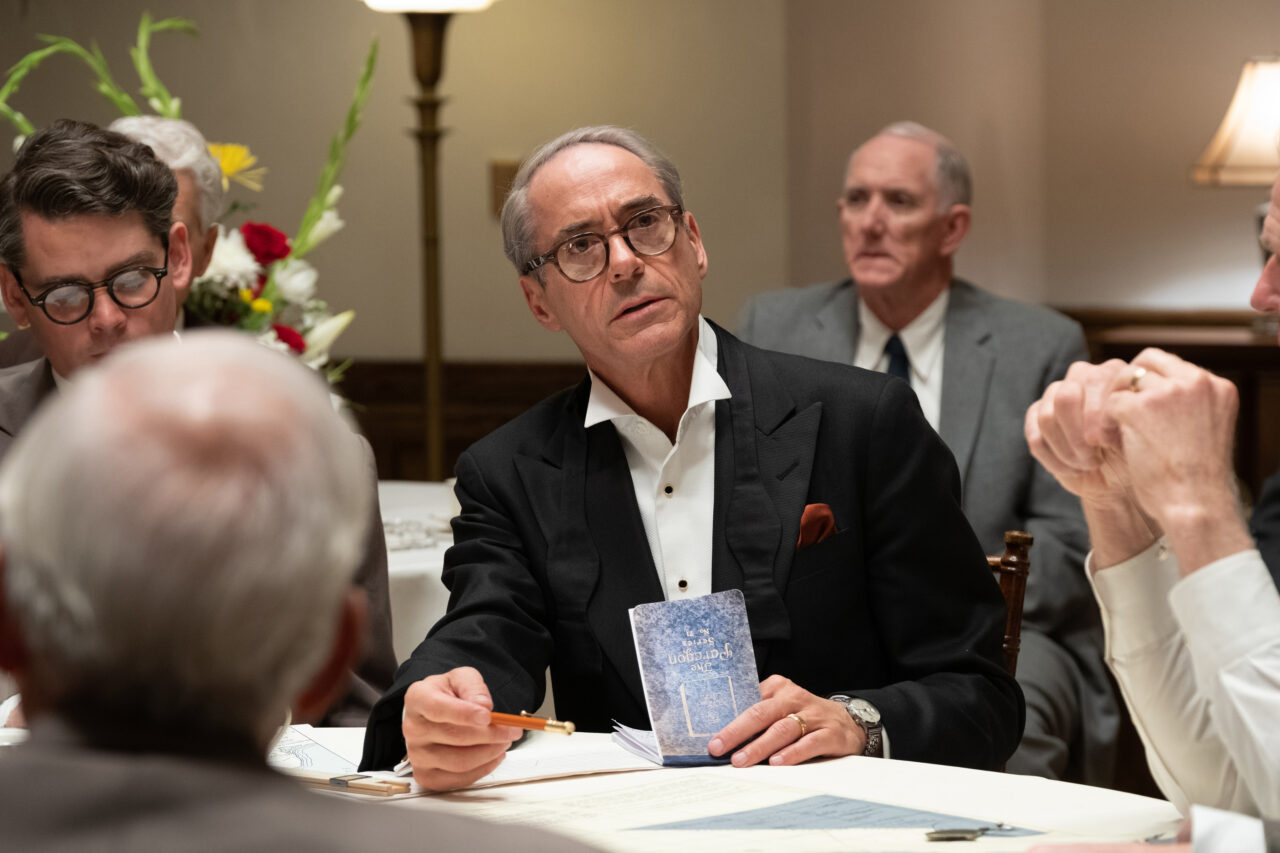
The ‘unpictured Oppenheimer’ in the film refers to characters such as the following:
Oppenheimer and Einstein were at odds as physicists, but as humanists they were comrades. Their work as scientists in weapons laboratories and universities, dependent on military contracts, was heavily traded by the Cold War national security networks. In this moment in history, Oppenheimer chose a different path. Although this militarization of science “is now beginning,” Oppenheimer turned his back on Los Alamos. And Einstein saluted him for trying to use his influence to put a stop to the arms race.
Kai Bird, quoted in Martin J. Sherwin, “Oppenheimer (in) the Atomic Bomb” (supervised by Shiro Yamazaki, translated by Toshihiko Kawabe, Hayakawa Shobo, 2024), p. 397.
Here we see a tough negotiator who is not willing to engage in the “militarization of science” under the aegis of the military industry and government, but rather actively accepts his own political stance and tries to resist it, even though he is a scientist.
It is almost the opposite of the protagonist of the film, played by Killian Murphy, who appears to be somewhat out of touch with the world and even indecisive.
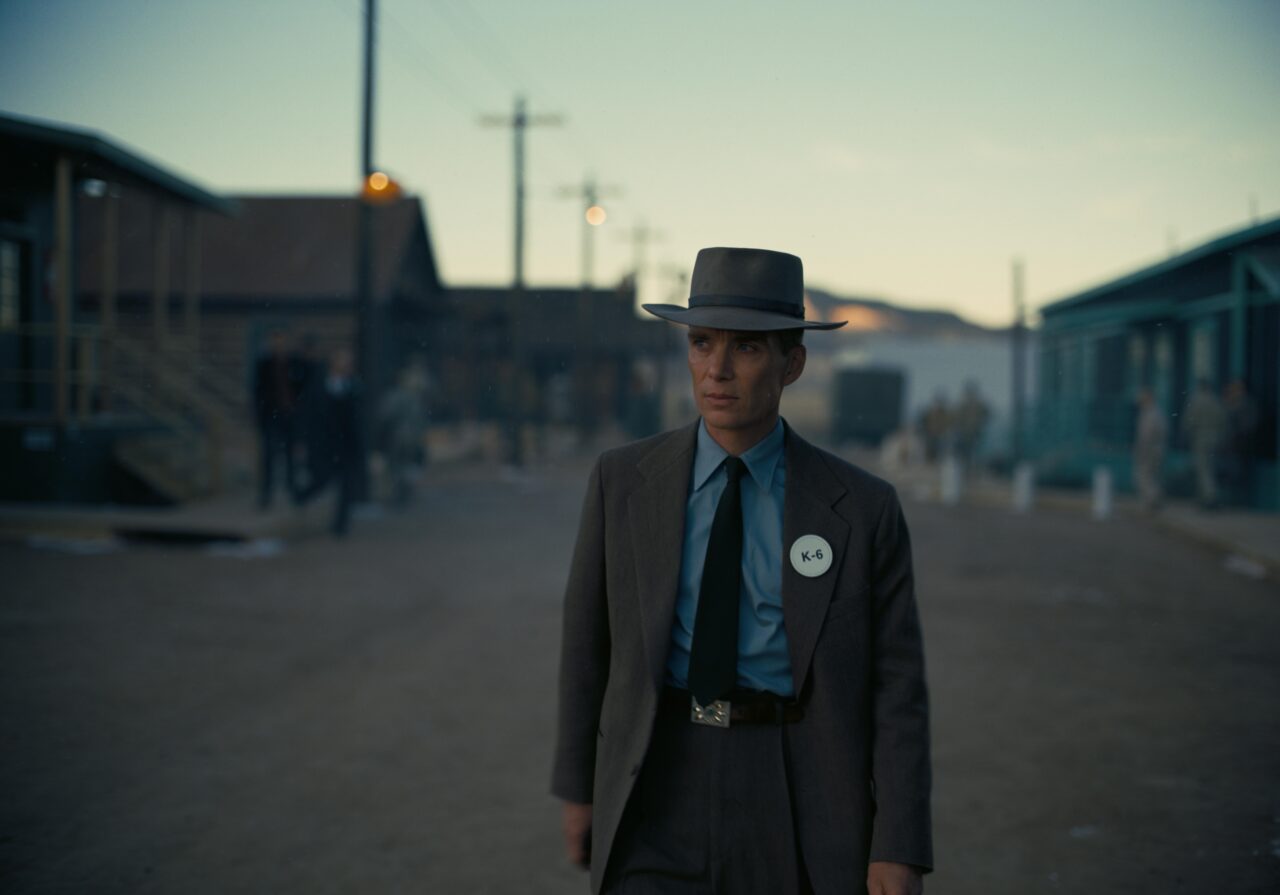
Another important biographical fact about ‘Oppenheimer’ during this period is that he became director of the Institute for Advanced Study in Princeton in 1947. Here he created an international network of theoretical physicists and invited visiting scientists from all over the world.
Japanese researchers such as Hideki Yukawa and Shinichiro Asanaga were also invited to the Institute, and ‘Oppenheimer’ had direct contact with them – and they are not even mentioned in the dialogue in this film.
INDEX
What Was Director Nolan’s Intention? Unveiling the Clue within ‘Tenet’
It is true that ‘Oppenheimer’ did not directly witness the devastation of Hiroshima and Nagasaki, as Nolan claims, and he did not visit them when he came to Japan later in 1960 (Note 13).
(Note 13) However, he actively interacted with Japanese researchers who were direct victims of the atomic bombings. If you want ‘Oppenheimer’ to express an “anti-nuclear” message or to reflect on nuclear development in the story, you can include Japanese researchers such as Yukawa and Asanaga who actually knew each other, and even if it is fictitious, include a scene where ‘Oppenheimer’ discusses the atomic bombing with them. There are many ways to do this.
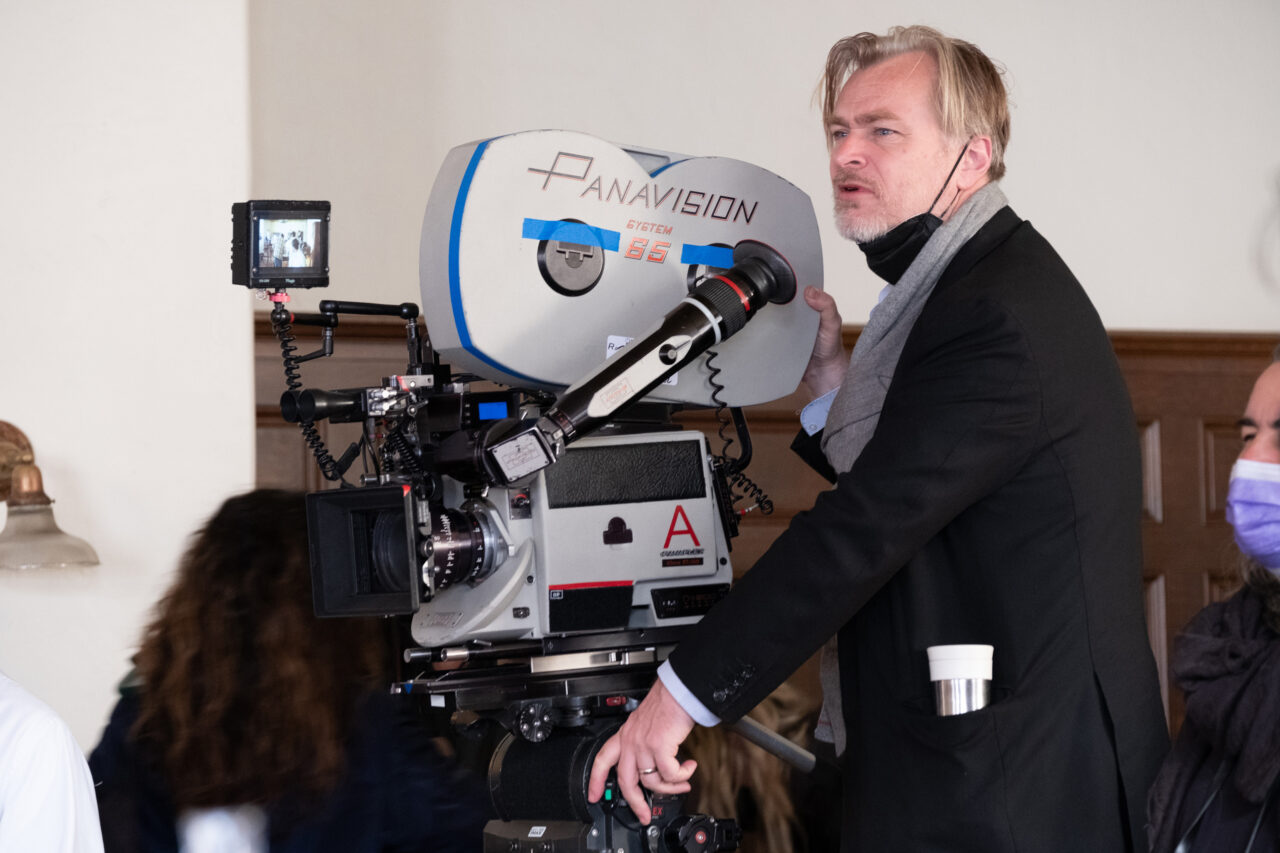
Frankly speaking, I do not think that Christopher Nolan chose Oppenheimer as a subject for his film out of a so-called “socialist” interest that calls for change in the real world.
Rather, the world of Los Alamos and the post-bombing world depicted in this film seems to me to be a Nolan-like multiverse, cinematic “fictional world” that has diverged from reality, like the dream world in “Inception” (2010) or the time travel depicted in ‘Tenet’ (2020). It seems to be a Nolan-esque multiverse, a cinematic “fictional world” that diverges from reality.
In fact, in ‘Tenet,’ released in 2020, there is a symbolic line of dialogue that hints at the film’s conception.
Toward the end of the story, in response to the protagonist’s question, a character says, “Do you know the Manhattan Project? The world’s first atomic bomb test, Dr. Oppenheimer feared that a chain reaction of nuclear fission (chain reaction) would engulf the world” (*).
*Editor’s note: Regarding the connection between ‘Tenet’ and ‘Oppenheimer,’ in which the main character is a man assigned the mission of “stopping World War III,” the director answered to NHK, “After making ‘Tenet,’ I thought about the meaning of the nuclear threat in the real world and how it was unleashed in the world in that way. I thought about it” ( open external site ).
INDEX
The Audience’s Observation: The Disappeared Alternate Reality
Chain reaction is a keyword that appears symbolically in the middle of ‘Oppenheimer’ as well, and is used by Einstein, who fears the possibility of an infinite chain reaction burning up the world before the “Trinity Experiment” to commercialize a nuclear bomb that uses plutonium fission. He discusses his fears with Einstein.
This scene is directly connected to Oppenheimer’s final line “We did it,” which is refrained from a different point of view at the end of the film and delivered with a haunted expression on his face.
In light of the vision suggested in ‘Tenet,’ the significance of Nolan’s setting the “Trinity Experiment” as the climax of the first half of the film and placing this line at the end seems to emerge. In other words, the world in this film has already been burned up by the “chain reaction” of nuclear fission.

As mentioned earlier, Nolan is a writer who likes to depict “another world behind reality” in films such as ‘Inception’ and ‘Tenet.’
The world depicted in the film ‘Oppenheimer’ is also “another reality” that was destroyed by the “Trinity Experiment,” and the burning people* that Oppenheimer saw in his vision were what actually happened in that world. And the subsequent appearance of Los Alamos, the hearings, and Oppenheimer’s group may have been nothing more than a kind of ghost, a kind of residual thought – the fact that Hiroshima and Nagasaki are not depicted makes more sense if you think of it that way.
This is only my personal impression, but I think that this film is not intended to be a documentary or biopic with a social theme, but a film that visualizes Nolan’s “physiological fear of nuclear weapons,” a thought-provoking experiment that is directly related to ‘Inception’ and ‘Tenet.’
*Editor’s note: It is known that among the people envisioned by Oppenheimer, the woman whose flesh was stripped from her face by the heat rays of the nuclear explosion was portrayed by the director’s daughter, Flora Nolan. In an interview with The Telegraph, the director stated, “Honestly, I try not to analyze my intentions. But what’s important is that if you create the ultimate destructive power, it will destroy even those close to you. Casting my daughter was, for me, the strongest way to express that.” (opens external site ).

▼ Notes and Reference Source Articles
Note 1: HuffPost Japan, “”Ignore Asian-Americans?” Robert Downey Jr.’s Controversial Behavior on the Oscars Stage” See also (Opens external site)
Note 2: See Real Sound, “Why is ‘Barbenheimer,’ a controversial film in Japan, so popular in North America? Barbie’ Aims for Over $1 Billion” (Opens external site)
Note 3: Before the announcement of the Japanese release of “Oppenheimer”, Toho Towa had responded, “We have not received any instructions from the U.S. company at this time, so we are not sure if we will release it or not. Why it has not been released in Japan” (Opens external site)
Note 4: See NiEW, “Biographical film of atomic bomb developer ‘Oppenheimer’ to be released in Japan in 2024 after much discussion and consideration” (Opens external site)
Note 5: The article draws on the words of a second-generation Japanese American who is the director of “Asian American Studies” at the University of California, Los Angeles, and a Fijian native who is a professor at San Francisco State University–. See KQED, “Who ‘Oppenheimer’ Erases” (Opens external site)
Note 6: The article discusses the work of Wu Chengshun, the first female faculty member in the history of the physics department to be employed at Princeton University and a Chinese-American who also participated in the “Manhattan Project”–Business Insider, “Chien- Shiung Wu, a nuclear physicist who worked on the Manhattan Project, spent her career fighting for gender equality in science” (Opens external site)
Note 7: See Business Insider, “The Black scientists behind the Manhattan Project, the atomic bomb program that inspired the movie ‘Oppenheimer'” (Opens external site)
Note 8: Spike Lee, for example, said, “I would have loved to have the end of the film maybe show what it did, dropping those two I would have loved to have the end of the film maybe show what it did, dropping those two nuclear bombs on Japan,” he said in an interview with The Washington Post (Opens external site).
Note 9: THE RIVER: “‘Oppenheimer’ will not depict the atomic bombings of Hiroshima and Nagasaki – ‘This film is not a documentary,’ Nolan says” (Opens external site)
Note 10: Typical celebrity comments on the film’s official website (Opens external site)
Note 11: Kai Bird and Martin J. Sherwin, Oppenheimer, 3 volumes (edited by Shiro Yamazaki, translated by Toshihiko Kawabe, Hayakawa Shobo, 2024) (Opens external site)
Note 12: Shigeru Fujinaga, Robert Oppenheimer: A Scientist as a Fool (Chikuma Shobo, 2022) discusses Oppenheimer’s political activities after Hiroshima and Nagasaki in detail (Opens external site)
Note 13: From Shigeru Fujinaga, “Robert Oppenheimer: Scientist as a Fool” (Chikuma Shobo, 2022), p. 429
Oppenheimer

Friday, March 29, 2024
Director/Screenplay/Producer: Christopher Nolan
Producers: Emma Thomas, Charles Roven
Based on the novel by: Kai Bird, Martin J. Sherwin
Starring:
Killian Murphy
Emily Blunt
Matt Damon
Robert Downey Jr.
Florence Pugh
Josh Hartnett
Casey Affleck
Rami Malek
Kenneth Branagh
oppenheimermovie.com

















